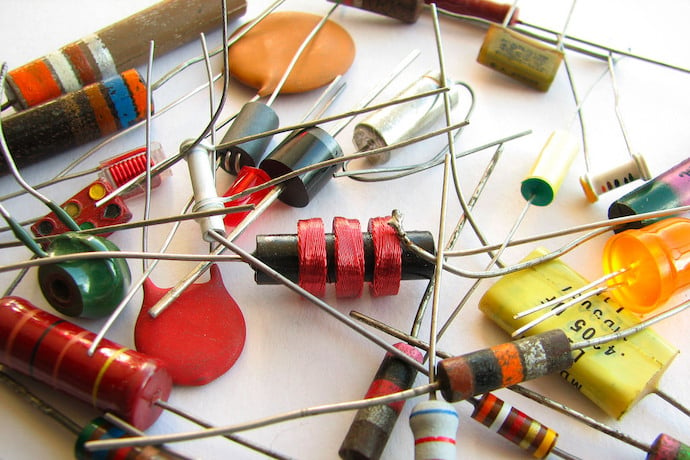While programming is a great start to a technology education, recently I was tasked with thinking more deeply about enrichment for younger children. A friend of mine with two daughters, 8 and 4, approached me about ways to get them interested and invested in technology. After getting some exposure during a recent Hour of Code activity, his daughters showed a spark of interest that he wanted to build upon. His question sent me off on a bit of a quest. I considered what each of the STEM disciplines looked like at an elemental level and what the best approach would be for teaching these skills to his daughters.
Being a middle school teacher, I am well versed in the robotics and programming options available for pre-teens and teens. However, thinking about what computer science looks like at an elemental level was a new exercise. There certainly is no lack of apps similar to Code.org’s Hour of Code initiative that teach block programming though a game-like interface. But, something about an app running on a tablet seemed like it would teach more about tablets than computing.
To find an answer to his question, I went back to a learning theory called Constructionism developed by Seymour Papert in the early 1980s. Building on the earlier theory of Constructivism (with a “v”) developed by Jean Piaget and others, Papert’s theory of Constructionism says that children learn best when building some sort of concrete, physical thing, like a sand castle or a sidewalk drawing. Following a set of instructions or listening to a lecture is not enough to build knowledge. To learn a concept fully children need the experience of making something.
They also need the experience of solving real-world problems. I began to look at STEM fields as a set of skills for problem solving. As a professional roboticist, you should be adept at engineering, hardware, and math as much as programming. Modern programmers need almost as much expertise in command-line programming and version control as they do logic and loops. If you take any subset of technology and begin to walk these skills back to more elemental skills, you are left with a set of skills that teach kids to be nimble problem solvers.
In the end, building tangible things to solve a real-world problem is the best advice I can give. For young learners, microcontrollers like Arduino or Raspberry Pi are a cheap and meaningful pathway to many elemental STEM activities. While programming is a fundamental skill, learning how to construct a computer from basic hardware gives young learners a great foundation to build on – literally. Since many of the components (USB, HDMI, GPIO) are kid-friendly, even kids as young as 4 or 5 can take part. By building the computers that they will soon program, they are constructing their knowledge of computers (with a little parental help of course).
From there, these activities can diverge into quite a few different territories. Learning how to install an operating system and use the command line is a great lesson that teaches the fundamentals of Computer Science. Companies like Kano and Pi-top provide awesome kits for kids to build their own stand-alone computers using microcontrollers. Add additional boards, motors, and sensors, and the activity teaches the fundamentals of robotics. In a similar way, using robotics components to tackle an engineering challenge, like an automatic dog bowl filling machine teaches children to ponder how to reinvent the things around them using technology.
In Papert’s theory of Constructionism, the teacher is more akin to a facilitator than an architect. Their role is to help guide students to develop solutions on their own. Parents (even those who are new to technology) are natural facilitators with their children, and these activities are immensely beneficial for all parties. Solving problems around the house with technology can be a fun activity for a rainy Saturday or a summer afternoon. Parents get a deeper connection to kids fascinated with the potential of technology, and children benefit by gaining skills that will be essential in the years ahead.
Learn More
computer kits for kids
http://time.com/4066213/kids-children-technology-sets/
Best coding toys
https://www.livescience.com/53957-best-coding-apps-and-toys.html
why learn to build a computer
https://teach.com/blog/3-reasons-why-students-should-learn-to-build-a-computer/
What is STEAM?
https://educationcloset.com/steam/what-is-steam/
Stem activities, elementary school
https://www.schoolingamonkey.com/stem-activities-for-elementary-school/

